The Anatomy of a Loyalty Program
If you've read our blog before, you know that we talk about loyalty programs a lot.
It’s because we strongly believe that a loyal customer base represents a digital businesses best chance for growth and expansion, and we want to help you realize this success.
But when we say ‘loyalty’, we’re not talking about sending nice messages to your customers, or printing coupons en-masse to give out to any and every customer.
We’re talking about structured reward programs that optimize the customer lifecycle and maximize revenue at every interaction.
So what exactly does a loyalty program look like? Today we break down the three most important elements of every successful loyalty program, and help you understand how to make the best decisions for each component.
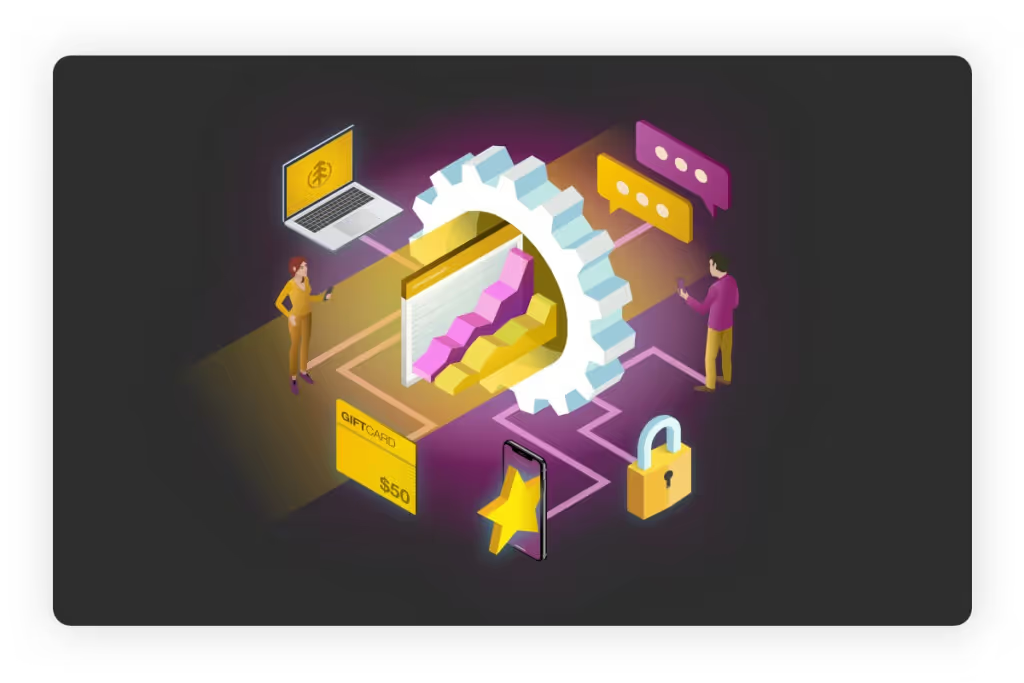
To learn even more about running an incentive-based loyalty program in the digital economy, enroll in the Digital Loyalty Academy today! Course content is free for the first 700 students.
What is a loyalty program?
A loyalty program is a structured approach to rewarding customer behavior. It involves giving customers incentives (such as discounts, rewards, free merchandise, or exclusive access) for specific actions that benefit the company.
For example, maybe a customer receives $5 towards their next Uber ride after every $20 that they spend in the app, or they’re granted 10% off after successfully referring a new friend.
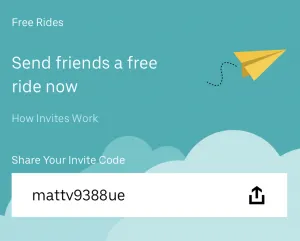
You likely already belong to a few loyalty programs. Whether you collect points after every fill-up at the gas station, or earn a free coffee after every 5 cups at your favorite cafe, you’re being incentivized to keep doing business with a specific brand in exchange for a reward.
Building customer loyalty ultimately means acquiring customers, increasing their lifetime value, and ensuring they act as positive brand advocates. When added to your marketing mix, loyalty programs represent your best mechanism for achieving these goals.
How is a loyalty program different from discounts and coupons?
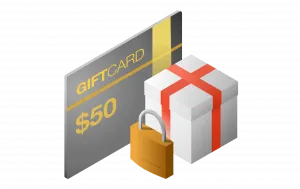
While loyalty programs may utilize price reductions as rewards, a loyalty program is much more than blindly giving out discounts and offers to anyone in search of a good deal.
A rewards program is more successful at driving loyalty due to its targeting, structure, and ability to address multiple customer needs.
Loyalty programs are intentional
When you run an incentive-based loyalty program in the digital economy, you know which types of customers you’re offering rewards to, and why. You’ve set an intention to build a long-term relationship with the customer instead of focusing on a single transaction.
Rather than simply making your product cheaper, loyalty programs work to deliver a better experience for the customer in a way that is relevant to how familiar they are with your brand.
Loyalty programs are sustainable
Discounting is a fast way to attract customers, but can set a bad precedent. Your price integrity can be degraded if customers build a habit of holding out until the next sale.
In contrast, the goal of a loyalty program is to make your customers come back more often because they feel appreciated and privileged. While this may be due to occasional cost savings, customers still see value in participating even when you’re not having a sale.
Loyalty programs address multiple customer needs
Discounts play largely to a customer’s financial needs, while successful loyalty programs use a diversified approach to address a customer’s experiential needs like convenience, time, productivity, and recognition to foster positive emotional connections with customers.
Research by Capgemini from 2015 indicates that 77% of loyalty programs based only on “transactional behaviors” (earning points from purchases) fail within two years of launch.
What makes a loyalty program work?
Incentive-based loyalty programs work because they leverage positive reinforcement as a motivational factor.
When you offer exclusive rewards in exchange for profitable customer behavior (ie. making a purchase), your users are quick to understand how their actions are linked to the benefits they receive. They are likely to repeat the behavior in order to receive the favorable outcome again.
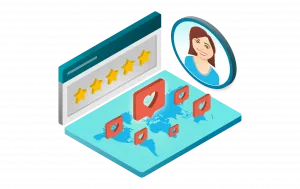
Think about it - if there are four different gas stations at the intersection all offering the same price, you’ll pick the one where you can earn cash back or redeemable points. Simply put, you’ll choose the method that offers the best return on your investment.
Plus, the act of receiving a reward or gift increases the positive feelings a user associates with your brand. Rewards demonstrate to the customer how important they are to you, making them feel valued and appreciated.
There are many more psychological phenomena and cognitive biases happening behind the scenes that control a customer’s willingness to participate in a loyalty program. Check out this article to learn more.
The anatomy of a loyalty program
A loyalty program is structured with three basic components:
- Goal - What are your business goals?
- Action - What can a customer do to help you achieve this goal?
- Reward - What can you offer to a customer to motivate them to complete this action?
For example, if your business goal is to increase revenue, you might encourage customers to make a purchase (action) to receive points (reward), incentivizing them to return in the future to collect more points.
1 - Set a Goal
What are your corporate objectives?
What do you want to achieve as a result of running your loyalty programs? More profit? More customers? Larger market share?
The advantage of operating in the digital economy means you don’t need to pick just one goal. The most effective approach consists of designing and implementing multiple rewards programs to work together, run alongside each other, and target every kind of customer, at every stage of their journey with your company.
When you leverage modern loyalty software, you can drive acquisition, increase retention, grow revenue, and encourage referrals simultaneously. Here’s what loyalty programs can help you achieve:
- Acquire more customers: When faced with a set of similar alternatives, a customer will choose the option that offers the most benefit to them. Incentives unique to your brand can provide that extra bit of motivation needed to engage with your product for the first time.
69% of consumers allow the presence of rewards or loyalty programs to influence their shopping decisions (source)
- Increase customer lifetime value (ie. revenue): Offering the right loyalty rewards at the right times helps you extract the most value from each customer to boost spending amounts, encourage repeat purchases, and drive customer engagement.
66% of consumers modify the amount they spend to maximize reward collection
- Retain more customers: Loyalty programs help increase retention rates by giving your customers a reason to come back. Retention rates are directly related to the happiness of your customers and the revenue of your business.
Increasing retention rates by just 5% increases profits by 25% to 95% (source)
- Create a competitive advantage: Desirable loyalty incentives give your customers a tangible reason to choose your brand over a competitor. Businesses need a way to lock in customers when switching costs are low.
81% of consumers agree that loyalty programs make them more likely to continue doing business with a brand
- Reduce sales and marketing expenses: While incentive-based loyalty programs do require an investment (ie. rewards, software, human resources), they’re proven to deliver a positive return when carefully planned and executed.
It’s 5-25 times cheaper to retain existing customers than to go after new ones (source)
- Improve brand credibility: If customers feel appreciated and valued as a result of participating in your rewards program, they are likely to spread the word to friends and family. This is a great way to build the credibility of your company and prove that your loyalty programs actually benefit customers.
73% percent of loyalty program members are more likely to recommend brands with good loyalty programs (source)
2 - Specify an Action
What does a customer need to do to help you achieve your goals?
The role of the action in loyalty programs:
By being intentional about what a customer must do to qualify for a reward (ie. make 5 purchases, refer a friend, download your app), you enlist them to help you achieve your business goals, creating a mutually-beneficial exchange rather than one-sided gift-giving.
If you’re not purposefully selecting what customer behavior to incentivize, you risk asking too much or too little of your customers – both of which are deterring.
The traditional approach with loyalty programs is to reward all users after they make a purchase (or a certain amount of purchases). This is similar to how every time you visit the grocery store and spend money, you receive points.
While this may help you achieve a goal of increased revenue over time, there are many non-transactional actions you can encourage to build true brand loyalty (ie. leaving a positive review, referring a friend, sharing a post on social media, or following an in-app tutorial).
How to select the best actions:
As customers mature throughout their journey with your brand, their knowledge, confidence, and commitment levels shift. This makes it necessary to be intentional about the behavior your are rewarding in order to achieve your intended goals.
Whether you’re running a welcome offer for brand new users, or a VIP program for long-time clients, the best actions to incentive are the ones that are relevant to the target customer's experience with your brand thus far.
For example, a user browsing your website for the first time is not someone you want to encourage to make 10 purchases to reach the Gold VIP tier, as they don’t know enough about your value proposition yet. They would benefit more from an incentive to download your app and learn more.
Similarly, you’re better off incentivizing a long-time client to earn points by leaving a product review rather than complete an in-app tutorial, as their loyalty is an extremely valuable tool for referring new business.
Because a digital business is equipped with endless customer data and multiple customer touchpoints, you can create the best proposition for user given everything you know about them, and what you want them to do next.
To learn more about the best actions to incentivize for customers at every stage in the lifecycle, check out this article.
3 - Offer a Reward
What do you give members in exchange for their profitable behavior?
The role of the reward in loyalty programs:
Your loyalty program’s rewards act as a source of encouragement for customers completing the specified action (ie. make 5 purchases, download your app). Rewards motivate customer behavior by serving as positive reinforcement.
Because you’ve asked customers to help drive profitable behavior, you need to properly demonstrate that there’s something of value in it for them.
A successful program matches its rewards with the needs, desires and beliefs of its customers and target audience. Poor reward selection will make your loyalty efforts a waste of time and money.
It’s important to note that the goal of a loyalty program is not to bribe customers into engaging with or referring a product that they don’t actually like by “giving away” rewards.
A well-designed loyalty program will encourage honest behavior from satisfied clients, therefore growing your brand adoption and building true customer loyalty.
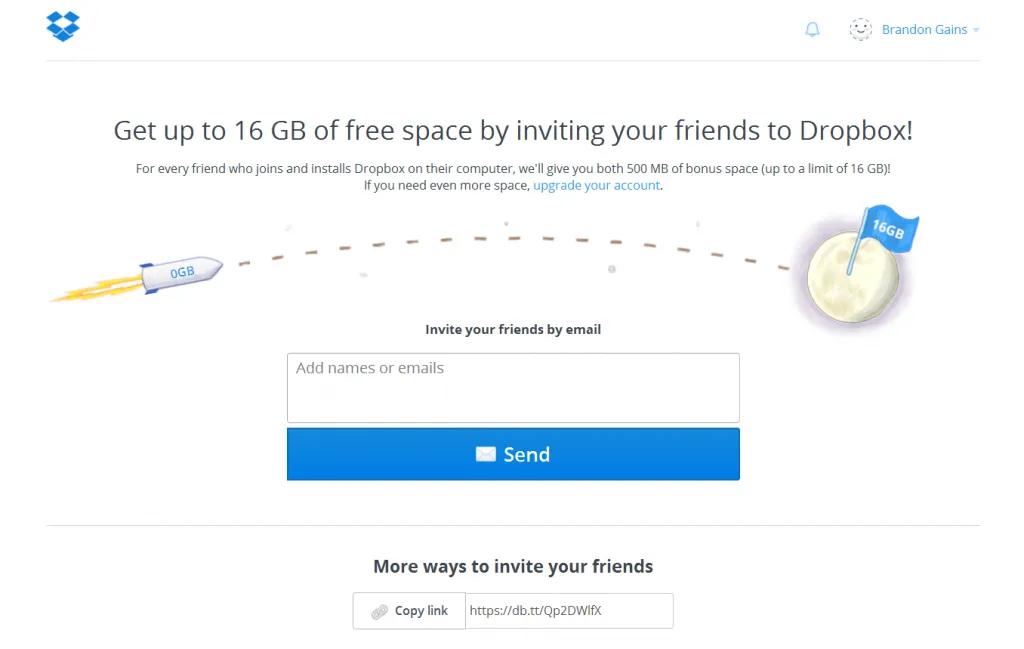
How to select the best rewards:
Choosing the right rewards means analyzing what your digital business or app has to offer, and learning what motivates your customers. Users need to understand the value of your loyalty program to ensure its long-term viability.
The best rewards for any loyalty program are defined as the ones that your customers actually want. This looks different for every digital business, but knowing exactly what your customers value is one of your most powerful pieces of information.
Remember that high-value doesn’t always mean high-cost - there are plenty of alternative currencies you can leverage that go beyond traditional cash and points, and can help you repurpose a sunk cost.
With that said, there’s a fine balance between offering rewards that your company can afford while still being perceived as valuable by customers.
Offering a minimal incentive might keep your profits high, but makes your customers feel unappreciated. On the other hand, high-value rewards may quickly drive sales but eventually cut into your bottom line.
To get started, check out our multi-part series all about choosing the most valuable and financially-sustainable rewards.
Final Thoughts
While we certainly can’t make a case for being rude to your customers, building loyalty in the digital economy means much more than delivering a pleasant customer experience.
Leveraging a true loyalty program means combining a business goal, customer action, and customer reward to maximize the value that you both offer to and derive from every customer.
To learn more about designing a successful loyalty strategy in the digital economy, sign up for the Digital Loyalty Academy today. Free access for the first 700 students.
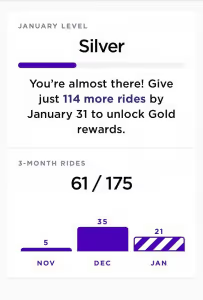 (
(